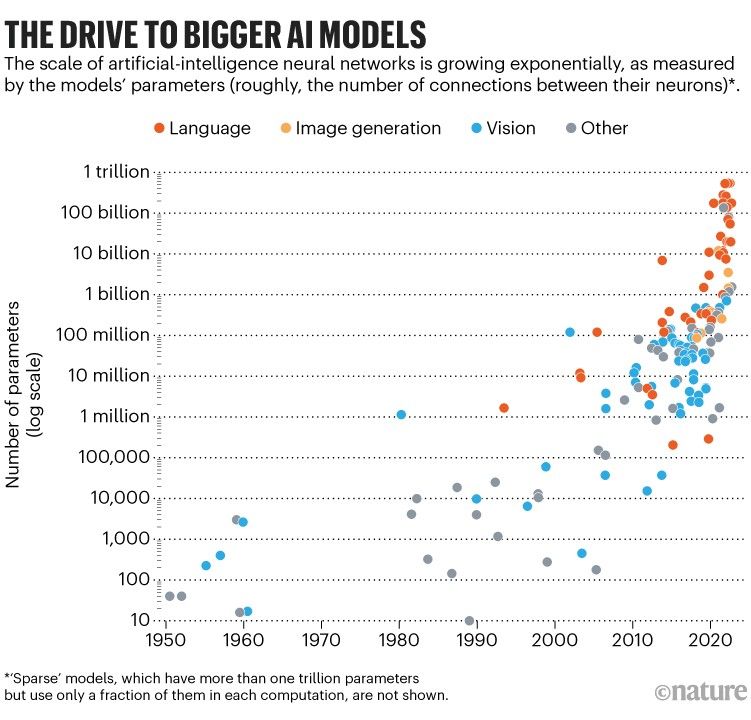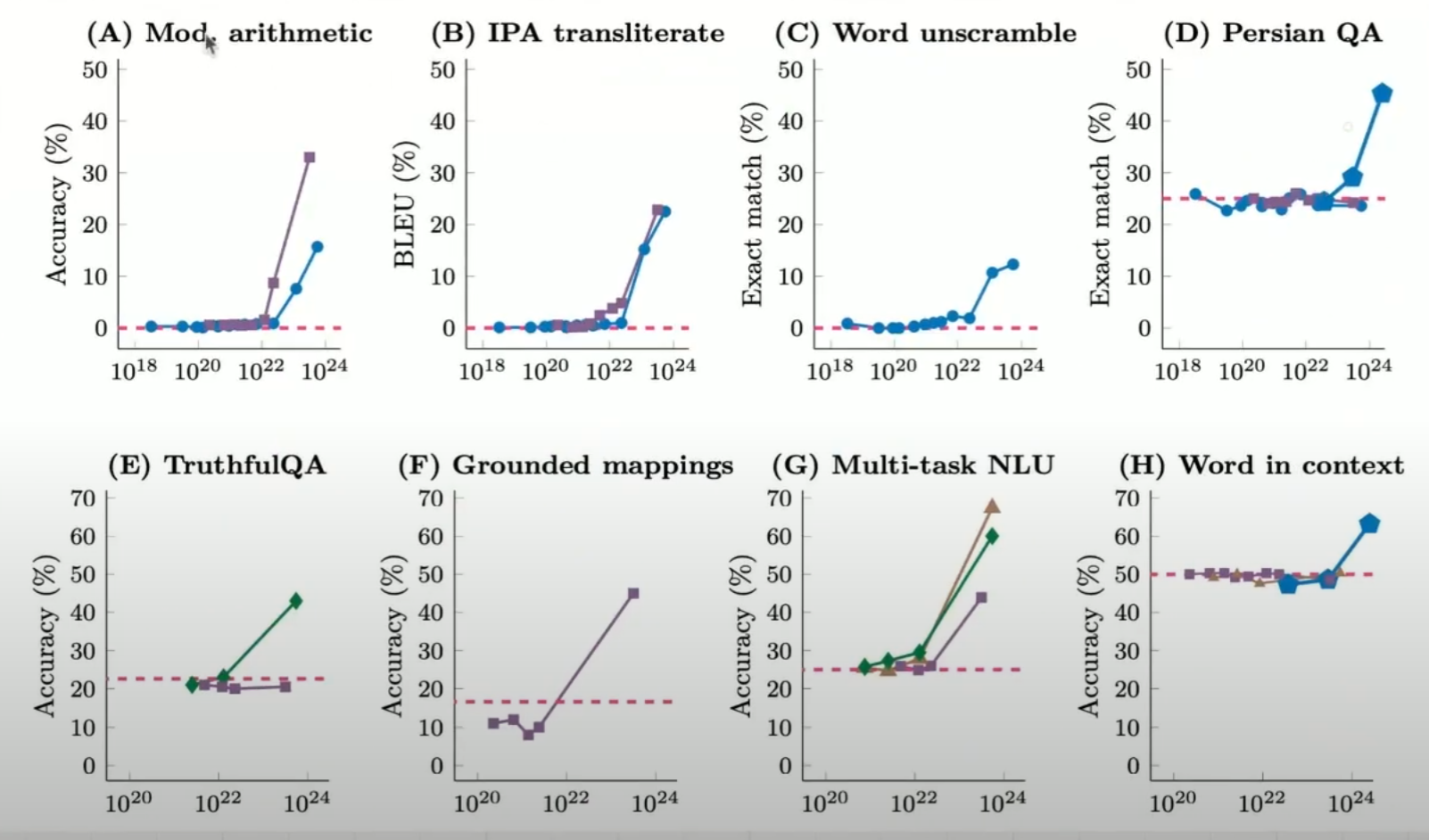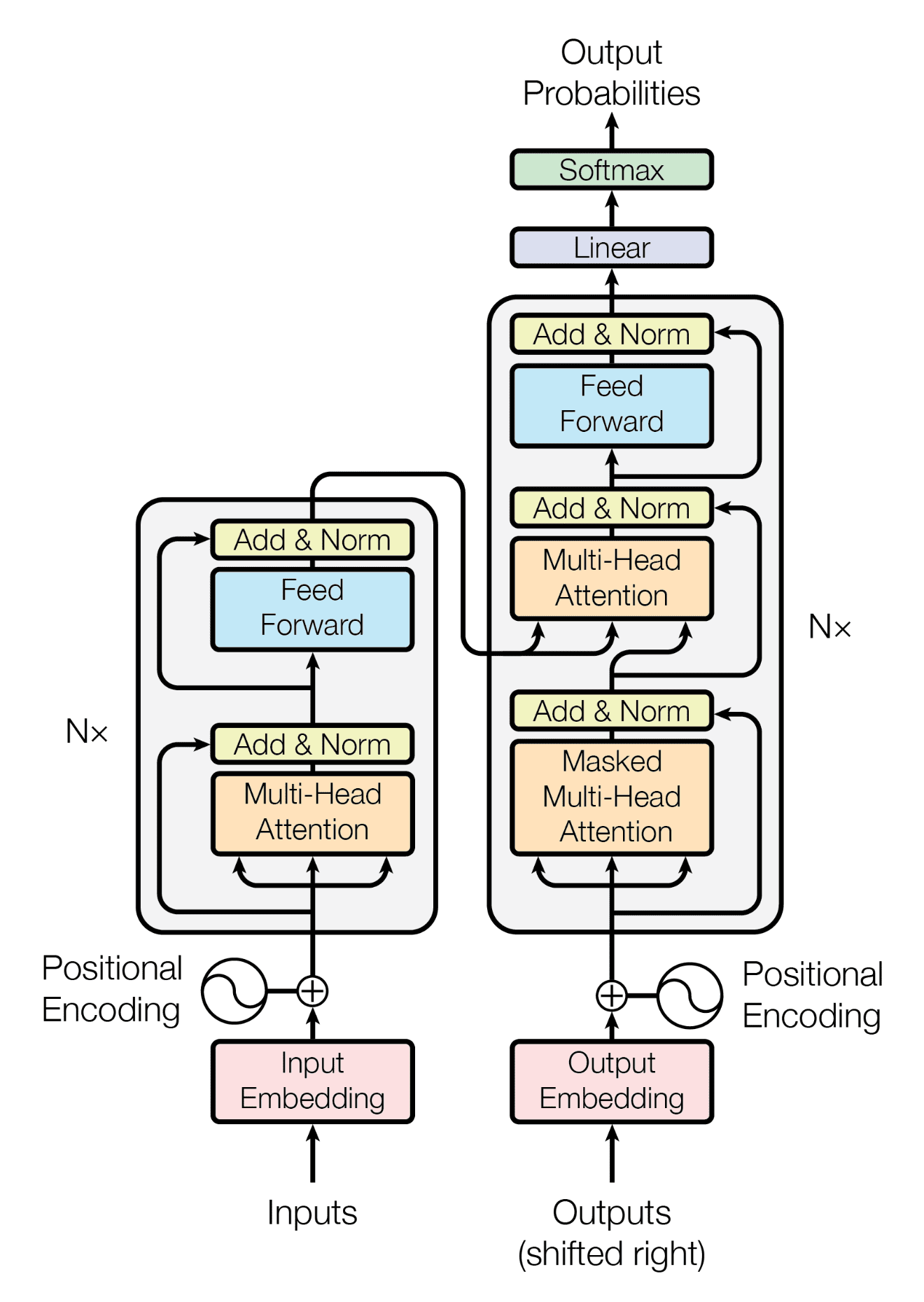[1] Understanding Large Language Models (LLMs)
Mayank Pratap Singh
@Mayank Pratap Singh
![[1] Understanding Large Language Models (LLMs)](/_next/image?url=%2Fimages%2Fblog%2F1.png&w=1920&q=75)
What is an LLM ?
Large Language Models (LLMs) are advanced neural networks trained on vast amounts of text data to predict the next word in a sequence. They function as probabilistic engines that analyze previous words and generate coherent, human-like text. At their core, they are next-word predictors, where tokens form meaningful sentences when combined.
LLMs are probabilistic engines for predicting the next token.
Predicting the Next Word with OpenAI's LLM
Let's implement a simple example to see how an LLM predicts the next word given a partial sentence:
import openai
import numpy as np
import matplotlib.pyplot as plt
# Initialize OpenAI client
client = openai.OpenAI()
# The incomplete sentence
sentence = "After years of hard work, your effort will take you"
# Get completion with logprobs
response = client.completions.create(
model="gpt-3.5-turbo-instruct",
prompt=sentence,
max_tokens=1,
logprobs=50, # Request top 50 logprobs
temperature=0
)
# Extract and convert logprobs to probabilities
logprobs = response.choices[0].logprobs.top_logprobs[0]
print(f"Number of tokens received: {len(logprobs)}")
probs = {token: np.exp(logprob) for token, logprob in logprobs.items()}
# Normalize probabilities
total = sum(probs.values())
probs = {token: prob / total for token, prob in probs.items()}
# Sort probabilities
sorted_items = sorted(probs.items(), key=lambda x: x[1], reverse=True)
print("\nTop 10 tokens with their probabilities:")
for token, prob in sorted_items[:10]:
print(f"'{token}': {prob:.3%}")
tokens, probabilities = zip(*sorted_items)
# Create visualization showing all available tokens
plt.figure(figsize=(15, 10)) # Make figure larger to accommodate more tokens
plt.barh(range(len(tokens)), probabilities)
plt.yticks(range(len(tokens)), tokens)
plt.title(f'Distribution of Next Token Probabilities (Total tokens: {len(tokens)})')
plt.xlabel('Probability')
plt.ylabel('Token')
# Add percentage labels for top probabilities only (to avoid cluttering)
for i, prob in enumerate(probabilities[:10]): # Show labels for top 10
plt.text(prob, i, f'{prob:.1%}', va='center')
plt.tight_layout()
plt.show()Using the given code, we can predict the next word in a sentence based on probabilities assigned by a Large Language Model (LLM).
Input Sentence:
"After years of hard work, your effort will take you"

Output:
Below are the top 10 predicted next words along with their probabilities:
Top 10 tokens with their probabilities:
'to': 79.911%
'far': 3.898%
'places': 3.222%
'where': 2.141%
'a': 1.301%
'higher': 1.251%
'on': 0.893%
'into': 0.835%
'closer': 0.756%
'beyond': 0.651%Understanding the Probabilities
- The first token ("to") has the highest probability (79.9%) because it is the most likely word that fits naturally after the given sentence.
- The probability of each following word gradually decreases as the LLM considers less common but still possible completions.
This is the key idea behind Large Language Models:
LLMs work as probabilistic engines, predicting the most likely next token based on learned patterns.
Why is There "Large" in LLMs?
Large Language Models (LLMs) are called "Large" because their size plays a crucial role in their performance. There are three key reasons for this:
- Scaling Law with Size
- Tasks and Capabilities
- Emergent Properties
1. Scaling Law with Size

LLMs have billions to trillions of parameters. The first major paper to explore scaling laws was the GPT-3 paper (Language Models are Few-Shot Learners). The research demonstrated that as we increase the model size—from 1.3B parameters to 13B to 175B—the model’s performance dramatically improves.
Over the years, we have seen an exponential increase in the size of LLMs, from the 1950s to today.
📈 The larger the model, the better it performs on complex tasks.
Here you can see models with different parameters of GPT-2

In the below graph, the orange dots represent language models, showing how their size has increased drastically over time. Some models have already crossed 1 trillion parameters!

2. Why Do We Care About the Size of LLMs?
The size of an LLM matters because of Emergent Properties.
An ability is emergent if it is not present in smaller models but appears in larger models.
For example, as LLMs grow, they become better at tasks like:
- Arithmetic (solving complex equations)
- Translation (understanding and translating languages)
- Word Unscrambling (rearranging letters into meaningful words)
In the figure below, the X-axis represents model size (or computational power), and we can observe a pickup point—a stage where models suddenly start performing significantly better at these tasks.

3. Beyond Next-Word Prediction
At larger sizes, LLMs evolve beyond simple word prediction and start excelling in niche-based tasks such as:
- Translation – Accurate multi-language conversion
- Summarization – Extracting key points from long texts
- Grammar Checking – Detecting and fixing errors in sentences

This is why there is a race to build larger and larger models.
The more parameters an LLM has, the better it performs across diverse NLP tasks.
NLP vs. LLMs
LLMs have revolutionized Natural Language Processing (NLP) by moving beyond traditional task-specific models. The key difference between earlier NLP models and modern LLMs is their ability to handle a wide range of tasks due to emergent properties.
| NLP | LLMs |
|---|---|
| Designed for specific tasks like translation, sentiment analysis, or speech recognition. | Can handle multiple tasks with a single model. |
| Required separate models for different applications. | One model can generalize across tasks. |
| Limited contextual understanding. | Deep contextual awareness through self-supervised learning. |
Earlier language models could not write emails or generate creative text from custom instructions—tasks that are now trivial for modern LLMs.
The Core of LLMs: Transformer Architecture

At the heart of LLMs is the Transformer architecture, introduced in the landmark paper "Attention Is All You Need".
Transformers revolutionized NLP by replacing traditional models like LSTMs and GRUs with a self-attention mechanism, allowing for:
- Better long-range dependencies in text.
- Parallel processing for faster training.
- Scalability, leading to larger and more powerful models.
How Are LLMs Built?
Building an LLM involves two key stages:
1. Pretraining
The model is trained on a vast and diverse dataset from sources like:
- Wikipedia
- Books
- OpenWeb Corpus
Pretraining helps the model develop a broad understanding of language, grammar, and reasoning but does not fine-tune it for specific tasks.
2. Finetuning
Once the model is pretrained, it undergoes fine-tuning on a narrower, task-specific dataset. This helps in:
- Improving accuracy for domain-specific applications.
- Aligning the model to a particular use case (e.g., coding assistants, chatbots, content generation).

Reinforcement Learning from Human Feedback (RLHF)
To make models safer and more aligned with human expectations, LLMs undergo RLHF:
- Human annotators evaluate responses and rank them.
- The model learns from feedback and adjusts its outputs accordingly.
- This improves coherence, relevance, and ethical alignment of responses.
Why Does Pretraining Matter?
Training an LLM is an expensive process, costing millions of dollars due to:
- Massive computing power requirements.
- Extensive dataset preparation.
- The need for specialized GPUs and TPUs.
However, once pretrained, LLMs become powerful general-purpose AI models, capable of handling tasks ranging from coding assistance to medical research.
Conclusion
That’s a wrap for this introduction to Large Language Models (LLMs)! We've explored the fundamentals, from how LLMs predict the next word to their scaling laws, emergent properties, and architecture. This is just the beginning—understanding these basics will lay the groundwork for building, fine-tuning, and optimizing LLMs in future deep dives.
In the upcoming blogs, we’ll go beyond theory and explore practical implementations, diving into how to build LLM models from scratch and make them more efficient.
Stay tuned—because we’re just getting started!